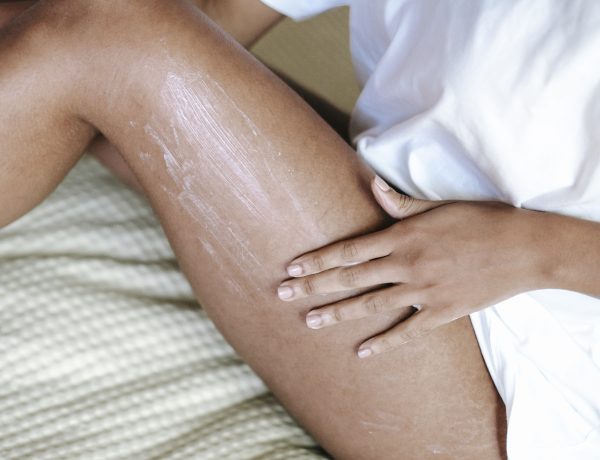Knowing how to keep your legs healthy and vein-free goes beyond just aesthetics; it’s essential for overall well-being and mobility. Healthy legs allow us to stay active and enjoy life without the discomfort of pain or the self-consciousness of visible vein issues. This guide will provide expert tips to keep your legs healthy and vein-free. Vein Disease can be a significant concern, so it’s crucial to understand how to prevent it and maintain leg health.
Understanding Vein Health
One of the most essential components of maintaining leg health is learning more about veins. The veins are vessels that carry blood back to the heart, functioning as a mover in an upward direction, particularly in the lower part of the body. It is possible for veins to become weak or have their valves affected; this leads to varicose veins or spider veins forming. These conditions can be painful and lead to swelling and sometimes life-threatening conditions. Avoiding these complications is achieved by making appropriate lifestyle changes and exercising, and sometimes, invasive medical procedures.
Importance of Exercise
Among all the methods, exercise is the most suitable one to help strengthen vein walls and improve vein health. Daily movement through exercise is essential, as it leads to healthy blood flow and avoids a situation when blood stagnates in the veins. The most effective forms of exercise are walking, cycling, and swimming. These activities are mild and may not strain the legs, yet they are very useful in promoting circulation.
During exercise, the calf muscles effectively serve as a pump to push blood back towards the heart. Try to take at least 30 minutes of moderate exercise daily, as it enhances one’s well-being. Using the staircase to reach a higher floor instead of the lift or taking a quick walk around the compound during a break can do wonders.
Healthy Diet and Hydration
Another important factor, which may be less obvious but significantly relevant to vein health, is diet. According to dietitian recommendations, a healthy diet that includes fiber, antioxidants, and necessary vitamins benefits veins. Foods containing fiber prevent constipation, which in turn reduces pressures on veins, most of which are found in the lower part of the body. Ensure you have a well-balanced diet that includes fruits, vegetables, whole grains, and lean meats.

Photo by on Pexels
Hydration is equally important. So, proper hydration can support adequate blood circulation and prevent blood from getting thick to minimize vein problems. The daily water intake should be at least eight glasses of water, and the consumption of beverages that contain caffeine and alcohol since they delete the body.
Proper Leg Care
This is the common belief that people have when it comes to the proper health of their legs; that is, the health of the legs is solely determined by exercise and diet. It is also about handling them as you go about your daily routine. Do not sit or stand for long because this puts a lot of pressure on the veins, and the blood will clot at the bottom of the veins. You should ensure that for every 30 minutes you spend seated at work, especially if it is your nature of work, you get up to stand and move around. Leg swinging, leg bending, and any other form of leg movement during a car ride can also assist in blood circulation.
An ideal choice is to wear compression stockings if you are susceptible to vein issues or are on your feet for most of the day. These stockings help put gentle pressure on the legs and improve blood circulation to reduce swelling.
Avoiding High Heels and Tight Clothing
Some of the dressing code matters that affect veins include: Of course, high heels are great for fashion but do not allow the calf muscles to massage the blood around the body area. Avoid using high heels as much as possible, and wear comfortable shoes that can support your feet when you are standing for long hours. Furthermore, wearing constricting garments such as a belt or a pair of pants can also have the same effect on particular body areas. When it comes to the choice of outfits, it is better to select elegant and comfortable, but not tight, clothes.
Medical Interventions and Regular Check-ups
However, there are instances when, even after applying the above tips, vein problems may still crop up. It is recommended that patients see a healthcare provider as often as possible to have their veins checked for any issues. Possible intervention measures for vein problems include simple modifications of one’s routine to invasive procedures such as sclerotherapy or laser therapy.
If you experience symptoms such as pain in the legs that does not go away or becomes worse, leg swelling, or the ability to see the veins, it is wise to seek the services of a vein doctor or specialist. It is important to receive proper treatment at the first signs of the disease, as its consequences can be fatal or lead to the appearance of severe symptoms.
Conclusion
Maintaining your legs in good shape and preventing varicose veins is all about prevention and early intervention, which means being physically active, eating right, drinking enough water, and adopting certain behaviors in your everyday life. Knowing the significance of vein well-being and weighing your decisions correctly will help you avoid vein diseases and get the advantages of possessing a pair of healthy legs. However, if any of such signs are observed in the leg, it is advisable to consult a health professional to ensure proper management of veins and leg health.
Read more lifestyle articles at ClichéMag.com
Images provided by Deposit Photos, BingAI, Adobe Stock, Unsplash, Pexels, Pixabay & Creative Commons


